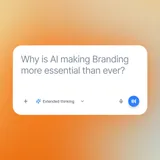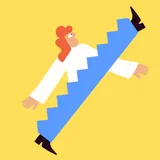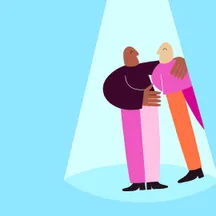
A positive idea for the design community
A letter encouraging designers to pat each other on the back, because at Mucho we believe the bar for great design will continue to rise when we encourage each other, instead of being critiqued.
My early career as a designer at Mytton Williams (Bath) and at Pentagram (London) working for John Rushworth meant a lot of time was spent with the design community in the UK, especially in London. Since moving to San Francisco 20 years ago, there are a lot of things I miss about the UK design community, especially London.
I miss going to D&AD talks, Typographic Circle talks and studio talks that often lead to drinks at the nearest pub afterwards, catching up with fellow designers from other studios. There was a friendly rivalry, designers congratulating others on great work while knowing we needed to up our own game to stay competitive and raise the bar.
In London, established agencies such as Pentagram would continue to spawn new generations of design agencies—friends working together, and crying together, pulling all-nighters, would join up to start something new. This kept the camaraderie and collaborative spirit alive. However, this didn’t seem to happen as much in San Francisco 20 years ago.
By comparison, the design community in San Francisco was very different. Most of the firms were of an older generation. They too, met together and fostered that friendly competitive spirit in the 70’s and 80’s, but younger design agencies weren’t being born in the same way.
Recently however, things have changed. There is a younger generation of designers and agencies who are keen to get together and form a new community in San Francisco. We are eager to encourage this and it’s one of the reasons we set up why?
Style will come and go, but great ideas can last forever and will connect to audiences on an emotional level.
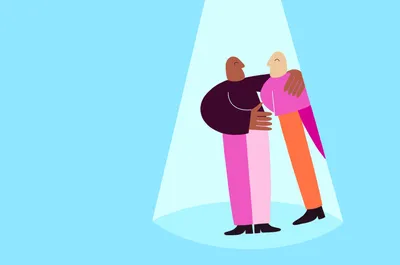
Why why?
At Mucho, we believe in spreading encouragement and positivity across the design community. We believe in patting each other on the back, saying positive things about others’ work. why? is a testament to this belief.
why.design was established in 2015 with the vision of creating a friendly and encouraging community of designers. Starting out as a design blog, why? has since expanded to diverse, in-person design talks around the world.
When we launched why.design, there were already a number of design-based opinion blogs around, some of which weren’t doing any favors to the design community. Single-minded opinions and a discouraging comment section more often than not ended up being critical of work, without knowing any context behind the design challenges and of client interaction.
why?, however, was started almost as an antidote to these kinds of forums, because it requires designers to say positive things about other designers. The blog is currently compiled of 21 contributors from all over the world, and across all aspects of art and design, giving why? a diverse and broad point of view. We also don’t allow comments, negating the inevitable troll mentality.
The requirements of a why? post is simple:
1 – The work has a good idea, and is beautifully crafted.
2 – The description is limited to 100 words, as the best ideas don’t need too much explaining.
3 – The work cannot be your own.
Mike Reed (of Reed Words, and why? contributor) wrote our original manifesto:
“Why is the question that separates style from substance. Why that format? Why that font? Why that image? A good answer means good thinking: an idea at the heart of the work. That’s what why? is all about: great ideas in design. Inspiring conceptual work from around the world. With minimal explanation. Because the best ideas need nothing more.”
At Mucho, we all greatly believe in idea-based design, with the idea being the most important aspect in determining what our work looks like; Style will come and go, but great ideas can last forever and will connect to audiences on an emotional level. Mucho partners design in slightly different ways but it’s this common belief that really binds us all together, as well as being able to share and work on those ideas collectively.
As Paul Rand said, “I have two goals. The first is that everything I do as a designer must have an idea: it cannot just look nice. The second is, it has to look nice. Without visual beauty, even a good idea will not pass.”
To develop creative work which challenges clients and feels new or unexpected is one of the most exciting aspects of being a designer.
Unintended consequences of negativity
Negative comments can affect a designer’s confidence, but can also have consequences with clients. To create good work that both challenges clients and still feels new or unexpected is one of the most exciting aspects of being a designer. However, when it doesn’t look like something clients have already seen before, it can be difficult to sell the idea.
In the past, we have seen projects get changed, or even completely scrapped, as clients catch wind of negative criticism on social media. This can overwhelmingly influence the client in a negative way, as opposed to helping them trust and respect the creativity and experience of the designer.
Design is hard enough. The last thing we need as designers is to criticize each other in a public forum.
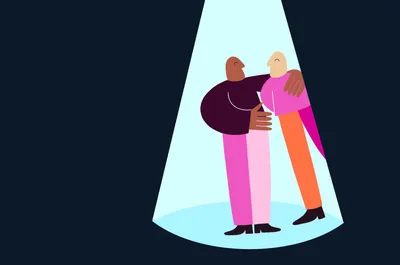
WhyTalks
Mucho Creative Director Tilman Solé built on this model by starting WhyTalks. In-person events in Barcelona and in San Francisco, with one clear mission: That what you see or hear inspires you to create better and more unexpected ideas, with the hope that we can help impact the global design community in a positive way.
We recently relaunched this initiative in San Francisco, in hopes of bringing together the design community. The next WhyTalk is on March 9, features Mark Andrews, an Oscar-winning director, writer and animator, formerly at Pixar Animation Studios. He is currently at ReelFX where he is the Director and Executive Producer of the new, innovative Netflix animated series Super Giant Robot Brothers. Buy tickets here: Mark Andrews
Past events included renowned Scottish artist Craig Black, featuring a live presentation of his acrylic fusion art.
Of course, there will always be criticism and negative comments out there. Critique is necessary for growth and progress, but it needs to be constructive and encourage improvement. At Mucho, we encourage designers to pat each other on the back. Praise each other when we see great work, as we know just how hard it is to do great work and get it produced in the real world.
Words: Rob Duncan, Creative Director, Mucho San Francisco
Illustrations: @lenka.re
Stay in touch
Blog: why.design
Upcoming talks: talks.why.design
Email info@why.design if you would like to receive email updates on upcoming events in San Francisco, receive our newsletter or if you would like to become a contributor.
